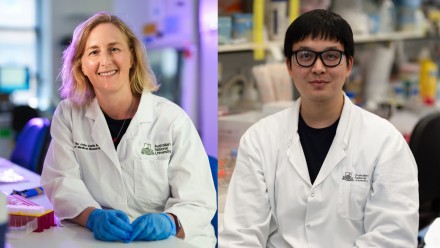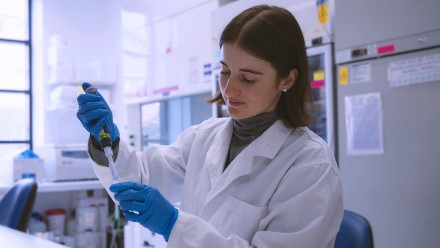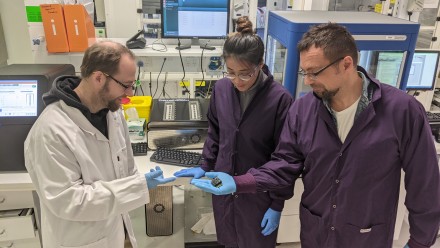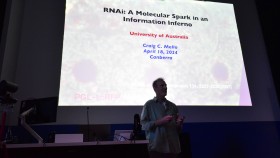Finding the best tool for the job: METEORE, an open resource for the detection of DNA methylation from Nanopore data
While all cells in the human body contain the same DNA, the genes that are turned “on” or “off” are different between each cell type and life stage. This is achieved through small changes to the DNA or its packaging proteins. These changes are referred to as epigenetic, as they can happen independently of mutations to the DNA and in a much shorter timescale. Over recent decades, epigenetic modifications like DNA methylation, have been linked to diseases such as cancer. For example, some cancer cells show increased DNA methylation in cancer-suppressor genes, which is associated with inactivation of these “protective” genes. Given its relevance for understanding the mechanisms of gene regulation that underpin disease development, the accurate detection of epigenetic patterns is of great interest in current biomedical research.
Traditional methods of detecting DNA methylation involve a multi-step process of chemically treating the DNA samples, followed by often-expensive sequencing. Nanopore sequencing is a new technology that works by passing a single DNA strand through a microscopic molecular pore. When a biological molecule passes through, it changes the electric current running through the pore; these changes can be measured and decoded by using computational methods to identify the molecule.
Methylation of DNA causes a change in its size and creates a specific signal pattern that can be decoded from the Nanopore signals to predict which DNA molecules harbour methylated bases. Together with the advantages provided by the Nanopore technology, this has motivated the development of multiple computational tools for the identification of modified bases from Nanopore sequencing.
Nanopore sequencing offers clear advantages by enabling the direct analysis of DNA molecules without any prior treatment. Moreover, the equipment required consists of small, portable devices compatible with stable reagents, allowing the sequencing of practically anything, anywhere. However, given there are several methods for computational analysis of this type of data, it is often difficult to understand how accurate a given result really is. To address this issue, Zaka Yuen, a PhD student working with Prof Eduardo Eyras, led the work of systematic benchmarking of the six most widely used analysis tools for detecting DNA methylation from Nanopore sequencing data.
The group used “control” datasets (data for which the actual methylation status of individual molecules or specific DNA sites is known) to test the performance of each of the tools, i.e. how close they got to the true result. Given some methods had their own strengths and weaknesses in different areas, the team used a consensus approach. That is, they tested the combination of various tools to try to keep the advantages shown by some of them while addressing some of the limitations in others.
The result was a strategy that improves the accuracy of DNA methylation detection. The team has now provided the research community with the software to perform this analysis, in a tool called METEORE (for MEthylation deTEction with nanopORE sequencing), available through the Group’s GitHub page. This resource provides a standardised workflow to obtain methylation calls from different tools for reproducibility, and also a consensus approach that combines two or more tools to improve the prediction accuracy.
This study, recently published in the journal Nature Communications, enables the effective use of Nanopore sequencing technology to accurately detect DNA methylation. Through METEORE, it is expected that this study will influence and improve future work studying the epigenome in health and disease.















